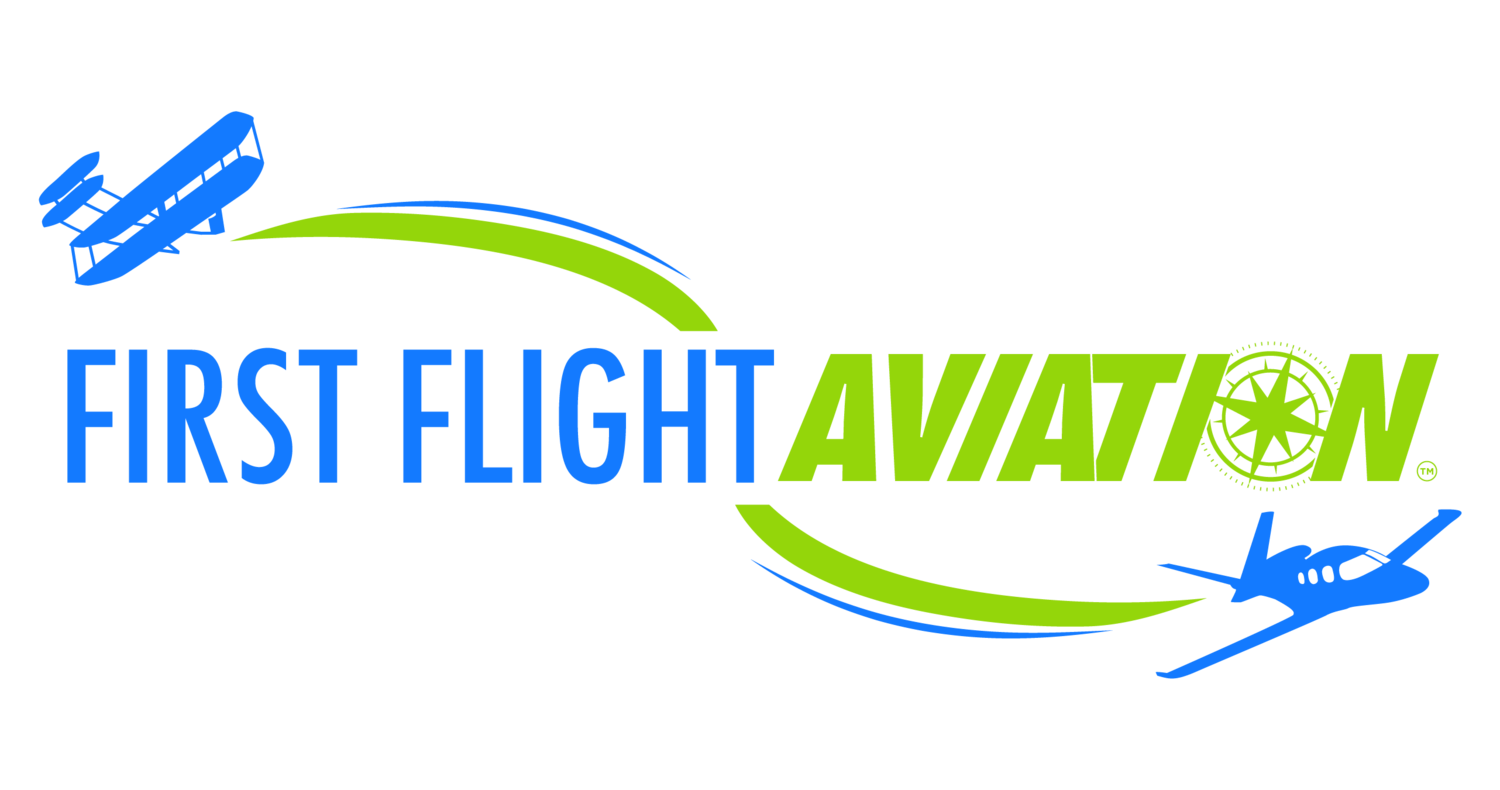Man has always had a desire to fly. In fact, archeologists have discovered inventions that appear to be attempts at man-made flying objects as old as 2,000 years old. Modern aviation as we know it developed thanks to early attempts to make man fly. Let’s take a quick look at the history of flying.
Ancient Flyers
Some of the oldest flying machines in the world were created in China around 200BC. Chinese kites were exquisite works of art, but they were also important as experiments in aviation. Ancient Chinese kite makers learned much about how to work with air. This information helped later inventors form their ideas of flight.
Leonardo Da Vinci is considered one of the most important contributors to ancient flight technology, as is seen in many of his diary entries and some of his inventions. He was never quite able to manifest the flying machine as he dreamed, but the research he conducted and the notes and sketches he left behind provided a rich resource for future inventors.
Almost There
In the 17th and 18th centuries, man took to the skies with hot air balloons. Although technically this would have been considered floating rather than flying, it was still one step closer to what we understand as modern aviation. Balloon technology also assisted a growing flying science, gliding.
Gliders, which found prominence in the early 20th century, formed the foundation for aircraft engineering of the future.
Modern Aviation Takes Shape
Modern aviation as we know it would not have been possible without the invention of a lighter-than-air steam engine, which Henri Giffard created in 1852. His invention flew for 15 miles over France.
Blimps were the next step along the way, and the famous “Number 6” created by Alberto Santos-Dumont successfully flew over Paris in 1901. This was the first time a controlled flight was conducted on an aircraft with an internal combustible engine. Ferdinand von Zeppelin later perfected the blimp.
It was not until the advent of heavier-than-air aircraft that we truly could claim as a civilization to have taken to the skies and conquered the air. Many scientists and inventors attempted to solve the riddle of heavier-than-air aircraft that could be used for practical purposes. Although many men contributed to the science of aerodynamics, it is the Wright Brothers who have always retained the honor of being the inventors of the first airplane proper and the history of being pilot as we know it.
